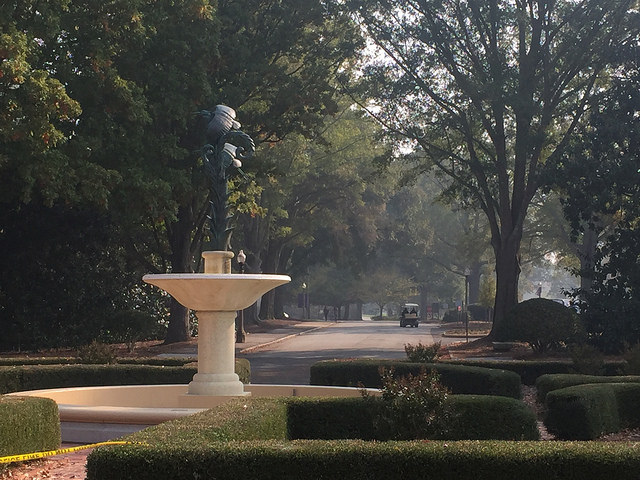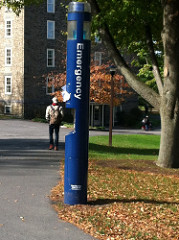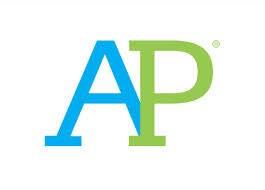Furman is a small, liberal arts college located in Greenville, SC that takes advantage of its size  and location. The 2,700 undergraduates have access to faculty-mentored research projects and all faculty serve as advisors. The largest class at Furman has only 32 students. Over two-thirds of Furman students participate in internships, often with the 200+ companies in the local area. As a 100% residential campus, students can build long-lasting friendships throughout their undergraduate years.
and location. The 2,700 undergraduates have access to faculty-mentored research projects and all faculty serve as advisors. The largest class at Furman has only 32 students. Over two-thirds of Furman students participate in internships, often with the 200+ companies in the local area. As a 100% residential campus, students can build long-lasting friendships throughout their undergraduate years.
Two Furman programs worth noting are the 5-year program in Education and another in Chemistry.

Acceptance: 65%
Freshmen from out of state: 72%
Most popular majors: Political science, Health Sciences, Business Administration
Housing: Furman is 100% residential, which means that all students live on campus all 4 years. They fondly describe their housing system as “7 years of friendships”!! Varied housing options on campus include apartments and eco-housing for sustainable living.
4-year Graduation rate: 79%
Academics: Furman’s Health Sciences major is particularly strong for its pre-med students. Furman’s program helps pre-med students with getting all of their non-academic requirements for a competitive medical school applications – research, internships and community service. Pre-med majors also get assistance with MCAT and medical school applications.
Furman offers a May immersion experience with 2-credit courses. Undergraduate research opportunities start in the summer after freshman year with a faculty mentor.
Many Furman students graduate with a minor. The most popular minor is Poverty Studies. The fastest growing major is currently Sustainability Science.
Social: Participation in campus life is encouraged through 4 required “cultural life” points per semester. There are 200+ cultural life activities a year, so it’s rather easy for students to get credit for taking advantage of all the fun and interesting events.
Financial: Furman offers merit aid and need-based financial aid, with 80% of need met, towards the cost of attendance, which is around $64,000. Furman’s merit scholarships do not require test scores to qualify.
What do you think of Furman? What do you think of test-optional scholarships? Please post your comments below.














